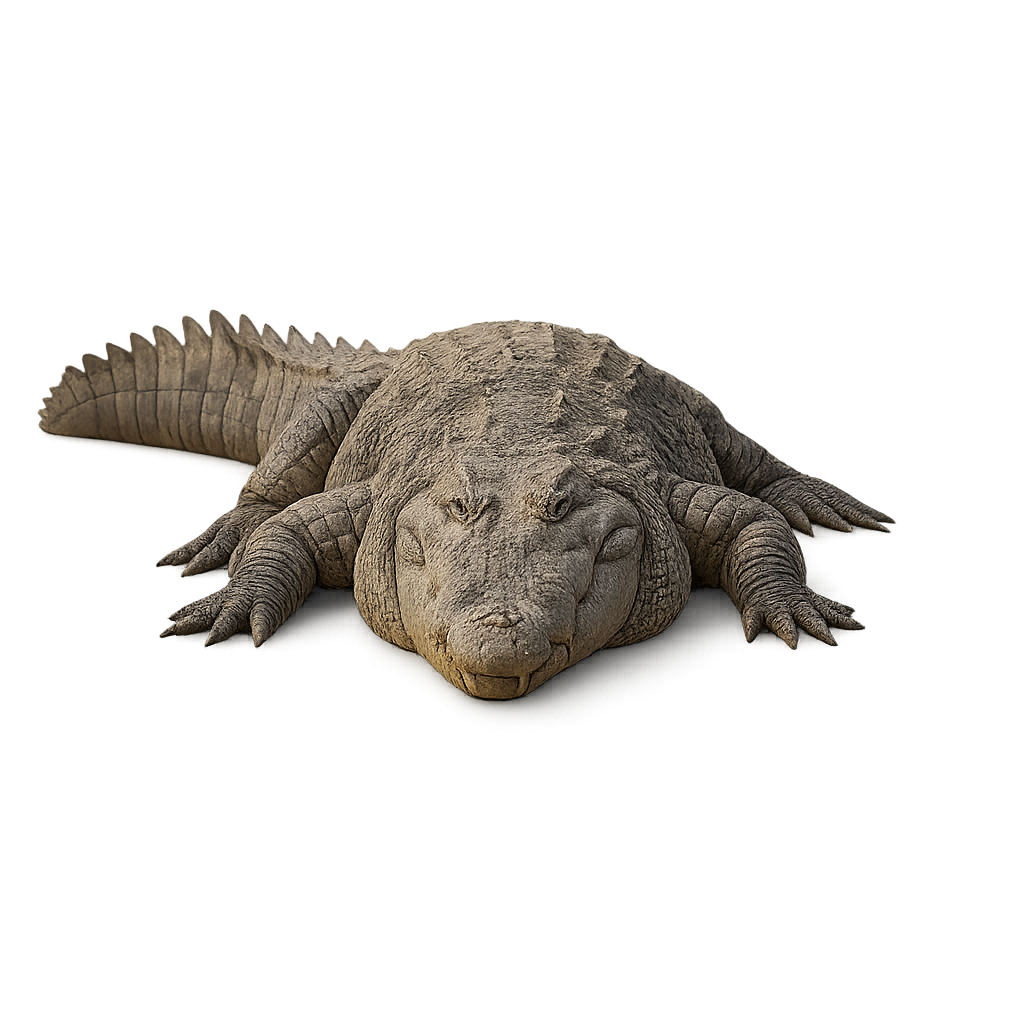Your wildlife photography guide.
Explore the marsh crocodile in detail, study its behavior, prepare your shots.
Where to observe and photograph the marsh crocodile in the wild
Learn where and when to spot the marsh crocodile in the wild, how to identify the species based on distinctive features, and what natural environments it inhabits. The WildlifePhotographer app offers tailored photography tips that reflect the marsh crocodile’s behavior, helping you capture better wildlife images. Explore the full species profile for key information including description, habitat, active periods, and approach techniques.
Marsh crocodile
Scientific name: Crocodylus palustris

IUCN Status: Vulnerable
Family: CROCODYLIDAE
Group: Reptiles
Sensitivity to human approach: Suspicious
Minimum approach distance: 30 m
Reproduction period: June to October
Incubation: 2-3 mois
Births: June to October
Habitat:
Wetlands, swamps, slow rivers, and lakes in the tropical and subtropical regions of India and Sri Lanka
Activity period :
Mainly active at night, generally discreet during the day.
Identification and description:
The Marsh Crocodile, also known by the scientific name Crocodylus palustris, is a medium-sized reptile that can reach about 4 to 5 meters in length. Its body is typically olive to brown, with darker patterns that allow it to effectively blend into the swamps, rivers, and lakes of its habitat. This crocodile is primarily carnivorous and feeds on fish, birds, and small mammals, but it can also hunt larger animals when they venture too close to the water. The Marsh Crocodile is known for its patience and discretion when hunting, often remaining still for hours before seizing its prey. In terms of distribution, it is found in the Indian subcontinent, particularly in India, Pakistan, Bangladesh, and Sri Lanka. Although primarily sedentary, it can move short distances in search of new habitats. This species is listed as vulnerable due to habitat loss and hunting for its skin. Major threats include the draining of swamps, water pollution, and conflicts with human communities.
Recommended lens:
200 mm – adjust based on distance, desired framing (portrait or habitat), and approach conditions.
Photography tips:
To photograph the mugger crocodile, a telephoto lens is essential for capturing its powerful movements and expressions while maintaining a safe distance. Try to take photos early in the morning or late in the day, when crocodiles are more active. Respect their space and avoid getting too close, especially when they are basking in the sun.
The WildlifePhotographer App is coming soon!
Be the first to explore the best nature spots, track rutting seasons, log your observations, and observe more wildlife.
Already 1 439 wildlife lovers subscribed worldwide

